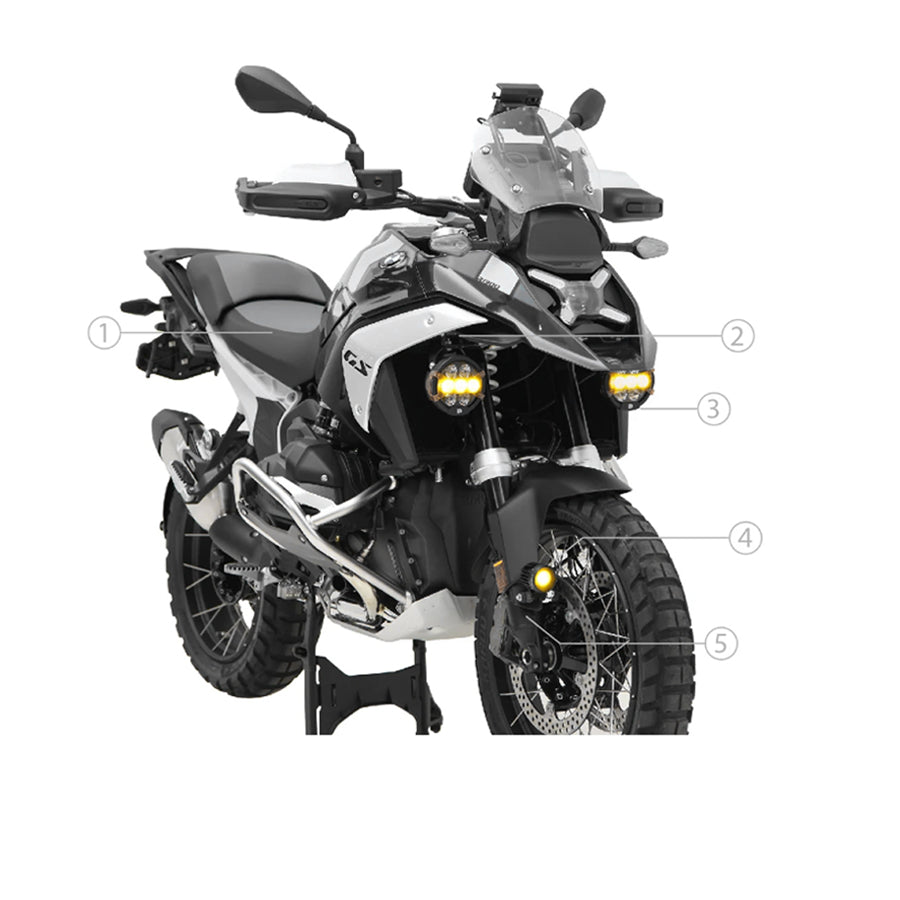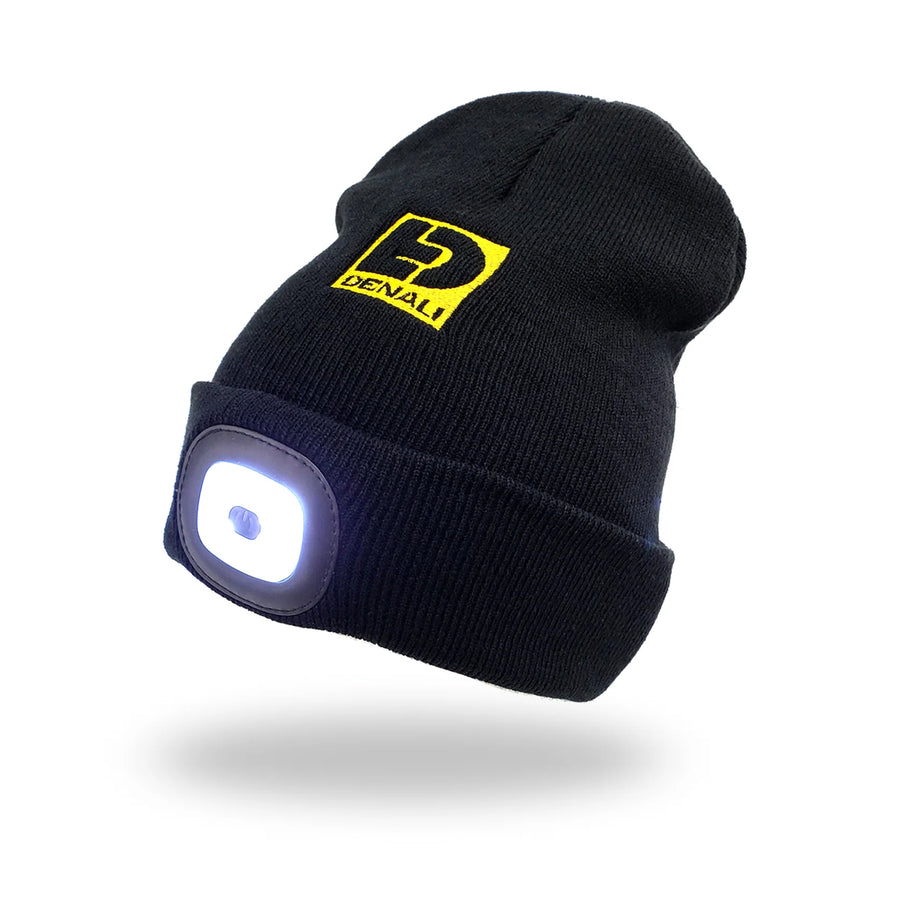DENALI T3 Rock Light Install- Chris's Nissan Xterra
July 07 2021

A set of rock lights has almost unlimited automotive applications. Rock lights traditionally have been used by rock crawlers to navigate obstacles at night, but they are quickly becoming more popular as camp scene lights and running lights as well.
The DENALI T3 Pods plus the DENALI Rock Light Harness are a great way to add lighting when off-road and add usable ambient light to your camp when you get off the trail. Keep reading to see how Chris installed T3’s on his Nissan Xterra.

Plan Light Placement
Like with any lighting solution, placement is everything. You can have the best and brightest lights and they won’t do a lot of good without proper placement. In the front wheel-wells this meant installing the T3 pods in front of the wheels so the tire would not cast a forward-facing shadow.
Attach the Lights
The DENALI T3 light pods are universal and come with hardware used for mounting to thick, soft material. Use the best mounting solution for your application. In the case of this Xterra, coarse-thread self-tapping screws instil plenty of confidence when mounting to the wheel-well inner aprons. Mock up your lights and mark your holes with a marker or punch. Between the two mounting holes, drill a hole wide enough for the power wire to pass through, then install your lights.

To ensure the best light placement, mounts were made out of thin steel to allow for flex in case the lights got hit while off road. The bracket was riveted to the inside of the fender. Once painted, the brackets will blend in.
PRO TIP: As you mock up and install your lights, keep a 12V power source nearby to make sure that the light beam is exactly where you want it.
Wire the Rock Lights
Secure all of the wiring from each light along areas of the undercarriage or along the frame. Look for OEM wiring or hoses and secure the wiring with zip ties.

In simple applications, the 12V lead (red wire terminated with a ring terminal, near the inline fuse) will be run under the vehicle and connected to the battery in the engine bay. Then the switch lead can be run into the cab to the desired switch location. Most vehicles have rubber grommets on the firewall with plenty of room for additional wires. Secure your wiring before attaching any leads to the battery.
The DENALI Rock Light harness is made with waterproof connectors and high quality molded wire to keep water out of the system. Install your Rock Light Harness under your vehicle with confidence!

Install the Switch
Installing the switch is as easy as it gets. Make sure that the switch location won’t interfere with the operation of anything outside or inside the panel. Use a 20.5mm or 51/64” drill bit to drill the mounting hole into the panel, then pop in the switch. The included instructions show how to index the switch hole to keep it from rotating.

Connect The Rock Light Harness
The final step of installation is connecting the positive and negative leads to your power source. This kit comes with ring terminals pre-installed to make connecting the leads to the battery easy with a preinstalled inline fuse. To install, remove the inline fuse and disconnect the negative battery cable. Attach the ring terminals to the battery- red on positive and black on negative. Insert the fuse back into the fuse holder and reconnect the negative battery cable.
In the Xterra, the T3’s will be powered by a second battery that is already wired to a DENALI Powerhub 2, previously installed. Installation was even simpler with the Powerhub 2. Simply remove the inline fuse and ring terminals, strip the wires, and install them along with a 5A fuse in the Powerhub.

Now that you have installed your T3 Rock Lights, take your rig out and put them to work. DENALI lights are made to withstand the toughest conditions and perform when you need them to. Whether you are rock crawling into the night or simply rolling into camp after dark, a set of T3 Rock Lights will make navigating the darkness much easier.
Products used in this install
DENALI T3 Signal Pods-Front (Yellow and White)









